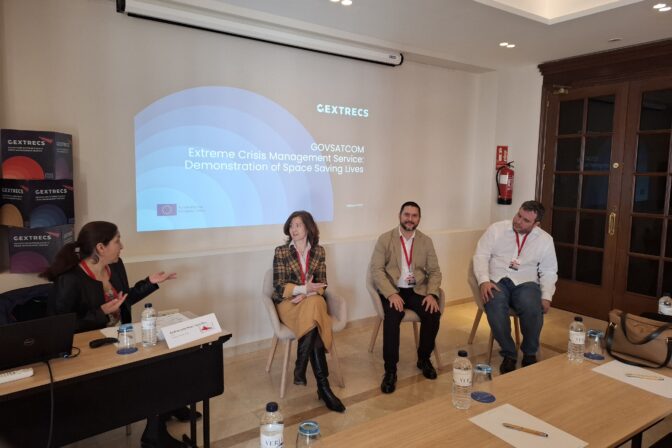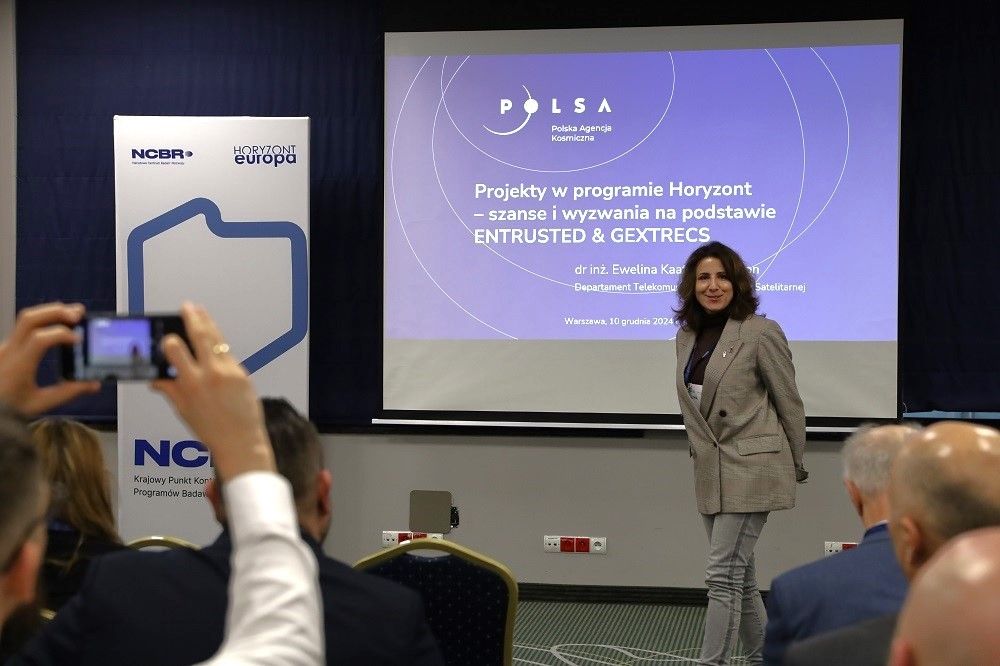GOVSATCOM EXTREME EVENTS
CRISIS MANAGEMENT SERVICE
Robust communications for emergency response
WHAT IS GEXTRECS?

A research project, funded under Horizon Europe, aimed at developing an integrated EU GOVSATCOM Crisis Management Service Pack for seamless space-based communications in disaster and emergency situations.

Focus on end-to-end, secure, quickly deployable, and user-friendly GOVSATCOM services that meet requirements and expectations of users who manage and respond to extreme and massive disaster events.

Integration of services offered by GOVSATCOM with products and services offered by other EU Space Programme components: Copernicus and Galileo, in the context of crisis management.

Innovative allocation of available satellite communication resources to maximise the usable throughput of a satellite system while providing acceptable communications quality to all users.

Interoperability among different SATCOM channels, as well as among satellite and terrestrial communication networks for seamless communication.

Demonstration and validation of proposed solutions in the context of a land cross-border disaster and a multinational maritime disaster.




